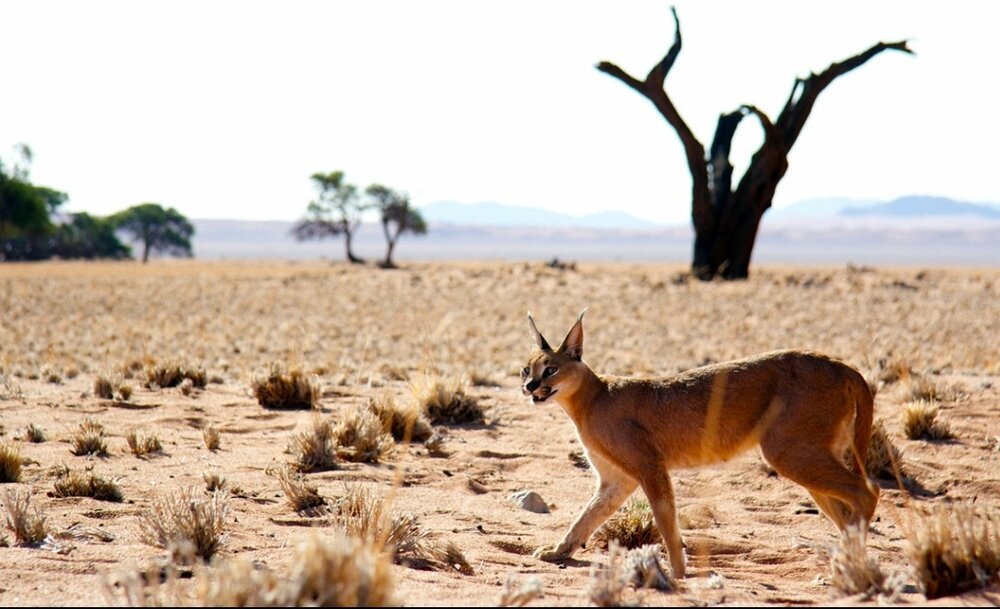National document on promoting environmental protection culture unveiled

TEHRAN – The national document on promoting environmental protection culture was unveiled on Sunday by Department of Environment Chief Issa Kalantari, and Culture and Islamic Guidance Minister Abbas Salehi.
This document defines seven strategies and fifty-four actions aimed at increasing cross-sectoral and inter-institutional partnerships. It addresses issues such as the environment, environmental protection, culture of environmental protection, environmental education, and social responsibility, life resources, pollutants, clean energy, green economy, environmental literacy, sustainable development, green jobs, and green management.
The main purpose of the document is to protect the country's environment and preserve its natural resources by promoting the culture of environmental protection in society.
It is prepared to implement Article 50 of the Constitution, which focuses on issues such as the establishment of an integrated national environmental system, coordinated and systematic management of natural resources, criminalization of environmental degradation, preparation of ecological atlas, strengthening environmental diplomacy, expanding green economy, promoting environmental culture and ethics.
In March, a national document for preserving water resources, managing drought, and soil erosion, and protecting the environment has been drafted by the vice president’s office for science and technology.
Optimization of water consumption, protection of the environment, management of sand and dust storms (SDSs), and reduction of pollutants in water, air, and soil are the four main themes of the document.
18.5m ha protected
To preserve the existing biodiversity over the wide geographic expanse of Iran, four types of areas have been designated for preservation and protection, including, national parks, wildlife refuges, protected areas, and natural national monuments. In 1997, the DOE held supervision over 7,563,983 hectares of such areas. By now, the protected areas have reached 18.5 million hectares.
According to the latest studies, about 1,300 species of vertebrates, including mammals, birds, reptiles, amphibians, and aquatic fish, about 30,000 species of invertebrates, and 8,000 species of plants have been identified in the country.
Unfortunately, over the past two decades, human activities have led to alarming degradation of ecosystems, deletion of genes, species, and biological capabilities; Human threats to biodiversity have accelerated the most over the past 50 years over the entire history of human life.
Dealing with environmental issues
Urban development, expansion of agricultural lands, large scale tree cutting, and destruction of forests under the pretext of road and dam construction, which led to subsequent drying of wetlands and rivers, extinction of plant and animal species, sand and dust storms, and the occurrence of various sea and land environmental problems.
According to estimates, 16.4 tons of soil erodes in Iran per hectare, which is more than three times the global average. A total of 2 billion tons of soil erosion occurs in Iran annually, and the volume has been on the rise in recent years due to heavy floods.
Each ton of soil is valued at $28 in terms of metal ores, so the loss of two billion tons of soil annually means the annual loss of $56 billion, which is more than revenues from the sale of oil and agricultural products, gardens, livestock, poultry, and fisheries.
Meanwhile, according to the Standardized Precipitation Evapotranspiration Index (SPEI), 11 percent of the Iranians are affected by mild drought, 21.5 percent of whom also are under pressure of moderate drought; while severe drought is exerting pressure on 32.5 percent of the people.
The country has been repeatedly exposed to sand and dust storms due to its presence in the arid and semi-arid part of the world, so that in 2006-2007, the dust storms originating in Iraq and Syria affected Iran, haunting a wide area of the country so that it reached the central areas and southern slopes of Alborz and also included Tehran.
Abdolreza Daneshvar Amoli, an official with Iranian Biological Resource Center affiliated to the Academic Center for Education, Culture, and Research (ACECR) said in 2019 that 150 species of animals in Iran are on the verge of extinction.
FB/MG
